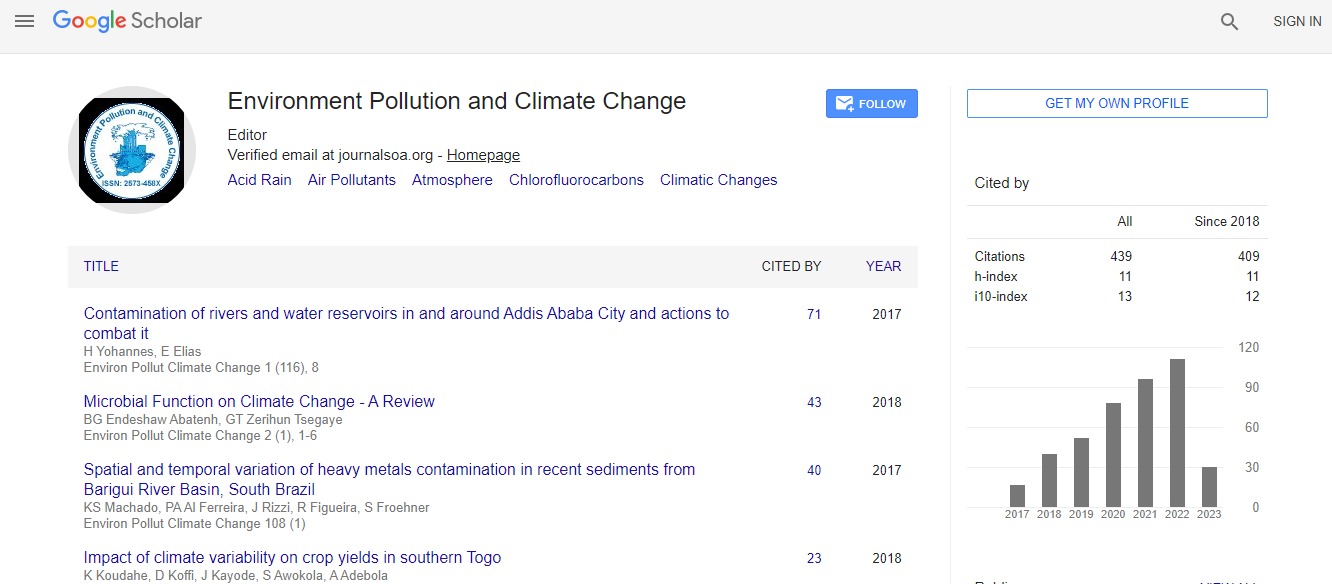Research Article
Climate Modeling of Jhelum River Basin - A Comparative Study
Mehnaza Akhter* and Ahanger Manzoor Ahmad
Department of Civil Engineering, NIT Srinagar, J&K, India
- *Corresponding Author:
- Mehnaza Akhter
Department of Civil Engineering
NIT Srinagar,J&K, India
Tel: 9622927355
E-mail: mehnaz9jun@yahoo.com
Received date: December 05, 2016; Accepted date: January 23, 2017; Published date: January 30, 2017
Citation: Mehnaza Akhter, Ahanger Manzoor Ahmad (2017) Climate Modeling of Jhelum River Basin - A Comparative Study. Environ Pollut Climate Change 1:110.
Copyright: © 2017 Akhter M, et al. This is an open-access article distributed under the terms of the Creative Commons Attribution License, which permits unrestricted use, distribution, and reproduction in any medium, provided the original author and source are credited.
Abstract
Global Circulation Models (GCMs) are a major tool used for future projections of climate change using different emission scenarios. However, for assessing the hydrological impacts of climate change at regional scale, the GCM outputs cannot be used directly due to the mismatch in the spatial resolution between the GCMs and hydrological models. In order to use the output of a GCM for conducting hydrological impact studies, downscaling is used. Among the variables usually downscaled, precipitation and temperature downscaling is quite challenging and is more prone to uncertainty issues than other climatological variables. The downscaling methods used for this study belong to the following downscaling categories; (1) Multiple linear regression; and (2) Artificial neural network. In this study the future projections of climate were made under A1B scenario up to 21st century using CGCM3 model. At the end of the 21st century the mean annual temperature of the Jhelum river basin is predicted to increase by 2.36°C and 1.43°C under A1B scenario using MLR and ANN technique respectively whereas the total annual precipitation is predicted to decrease substantially by 36.53% and 30.88% under A1B scenario by MLR and ANN technique, respectively.

 Spanish
Spanish  Chinese
Chinese  Russian
Russian  German
German  French
French  Japanese
Japanese  Portuguese
Portuguese  Hindi
Hindi 
